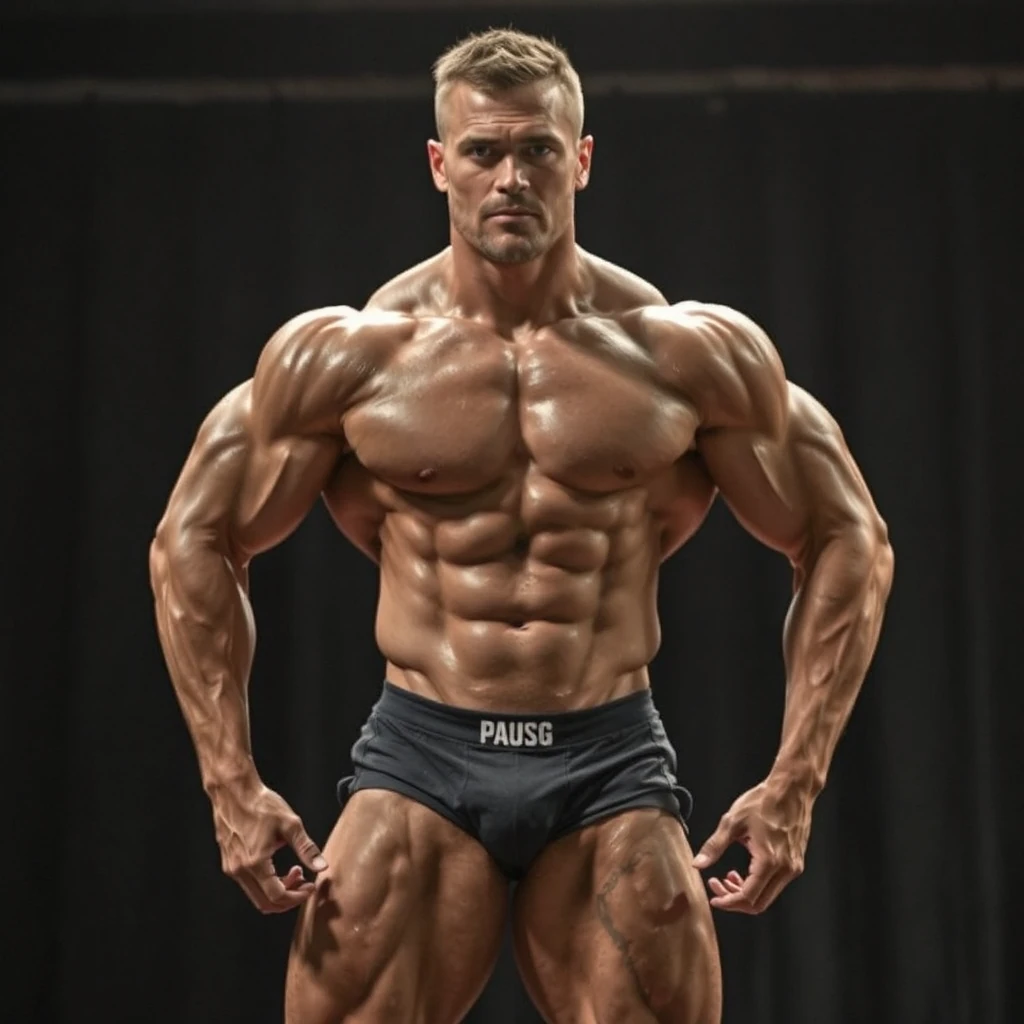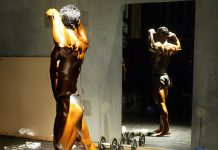Last Updated on September 18, 2014
When it comes to fitness, a well-defined set of abs is the gold standard. For athletes, bodybuilders, and fitness enthusiasts, posing highlights months—or even years—of dedication, work, and discipline. But ab posing is more than simply flexing muscles. It’s about displaying the core in a way that showcases symmetry, definition, and conditioning. In this guide, we’ll dive into ab posing, covering everything from anatomy to pose breakdowns, essential techniques, and practice tips. Whether you’re preparing for a competition, a photoshoot, or personal milestones, this guide will set you up for posing success.
Understanding Abdominal Anatomy
Your abs are more than the six-pack most of us focus on. The rectus abdominis (the “six-pack”), obliques (side muscles), and transverse abdominis (deep core muscle) work together to stabilize the torso and assist with bending and twisting motions. Each muscle plays a role in how your abs look in poses, and learning to control each part can significantly improve how well you showcase your core.
- Rectus Abdominis: Responsible for the iconic six-pack, this long muscle runs vertically along the front of your abdomen.
- Obliques: Located on the sides of your abdomen, the internal and external obliques add depth and aesthetic appeal to your torso.
- Transverse Abdominis: This deep muscle supports your spine and helps create a flat stomach, essential for poses like the vacuum.
Types of Ab Poses in Competitions Ab poses vary slightly based on competition standards but generally include three primary types:
- Abs and Thigh Pose: A front-facing pose showcasing the abs, thighs, and quadriceps.
- Side Pose: Emphasizes the obliques and side abs.
- Vacuum Pose: Involves pulling in the stomach to showcase a flat, “sucked in” look that highlights torso control and core depth.
Each pose emphasizes different parts of the abdominal region, and learning the correct technique for each can enhance your symmetry and balance on stage.
Preparing for Ab Posing
Perfecting ab posing requires more than just practicing poses. Conditioning your abs is crucial for bringing out definition and sharpness. Here are some foundational steps to prepare:
- Targeted Ab Workouts: Incorporate exercises that build strength and shape in your rectus abdominis, obliques, and transverse abdominis. Focus on weighted crunches, hanging leg raises, and twisting exercises to define each muscle.
- Dial in Your Diet: The visibility of your abs depends heavily on your body fat percentage. To get that sharp look, a lean diet focused on high protein, healthy fats, and limited sugars is essential.
- Proper Hydration: Staying hydrated is key, but be cautious with timing. Too much water intake before posing can lead to bloating, which affects ab definition.
Step-by-Step Guide to Key Ab Poses
- Abs and Thigh Pose:
- Stand with your feet shoulder-width apart, flexing your quadriceps.
- Lift your arms and take a breath in, then exhale sharply while contracting your abs.
- Lean slightly forward to create depth in your core, focusing on squeezing the rectus abdominis.
- Front Double Biceps with Ab Focus:
- Flex both arms while standing in a relaxed stance.
- Squeeze your abs as you lift your ribcage slightly, creating contrast between your torso and upper body.
- Side Oblique Pose:
- Stand side-on to the audience and twist your torso gently towards the front.
- Flex your oblique closest to the audience to highlight the depth and sharpness of the muscle.
- Adjust your hip slightly to one side to accentuate the V-taper of your torso.
- Vacuum Pose:
- Exhale completely, pulling your belly button towards your spine.
- Hold the pose for a few seconds, visualizing your abs pulling inwards.
- This pose takes practice but can be impressive for showcasing core control.
Tips for Effective Ab Posing
- Breathe with Purpose: Exhaling deeply while posing your abs brings out sharper definition and reduces bloating. Avoid holding your breath for extended periods, as this can lead to fatigue.
- Engage, Don’t Over-Flex: While it’s tempting to flex as hard as possible, subtle engagement often provides a more aesthetic look. Too much flexion can cause the abs to look rigid or unnatural.
- Focus on Symmetry: Check for symmetry in each pose by using mirrors or taking videos. Uneven flexing can detract from your aesthetic and be noticeable on stage or in photos.
- Practice Core Control: Poses like the vacuum require a high level of core control. Daily practice of engaging and releasing your core can help with mastery over time.
Mind-Body Connection in Ab Posing
A crucial aspect of ab posing lies in the mind-muscle connection. The ability to feel and control your ab muscles comes with practice and focus. Visualize your muscles contracting as you pose. This mental focus can make your poses look sharper and more controlled, as you actively engage the specific areas of your abs in each position.
Advanced Ab Posing Techniques
Once you’ve mastered basic ab poses, consider combining abs with other muscle group poses for added impact:
- Abs and Chest Combination: When flexing your abs, adding a chest pose can create a more powerful upper body appearance.
- Abs and Arm Combo: Adding in biceps or triceps poses can give the audience a well-rounded view of your upper body.
Transitioning smoothly between poses is another skill to develop. Practice flowing from one pose to the next while keeping your core engaged. The transitions should feel natural, making your presentation look polished and professional.
Practicing Your Ab Poses for Competition or Photography
Regular practice is essential for mastering ab posing, whether it’s for a bodybuilding competition or a fitness photoshoot. Here are some ways to make the most of your practice time:
- Pose Daily: Even a few minutes each day can build muscle memory. Aim to hold each pose for about 10–15 seconds, focusing on form and breathing.
- Use Visual Feedback: Mirrors are helpful, but video recordings provide a better perspective on how your poses look from different angles. Reviewing footage allows you to make adjustments and notice areas for improvement.
- Seek Feedback: Whether from a coach, a fellow competitor, or someone familiar with bodybuilding poses, feedback is invaluable. They may spot details you might overlook, such as posture alignment or muscle engagement.
Mastering ab posing takes dedication, patience, and a consistent approach. By building a solid understanding of ab anatomy, practicing targeted exercises, and refining your posing techniques, you can display your abs with confidence and finesse. Whether on stage, in front of the camera, or even just in the mirror, these skills elevate your presentation, showing the results of all your hard work. Keep practicing, refining, and pushing yourself to perfect each pose—posing well is an art, and you’re the artist sculpting every detail to perfection.






